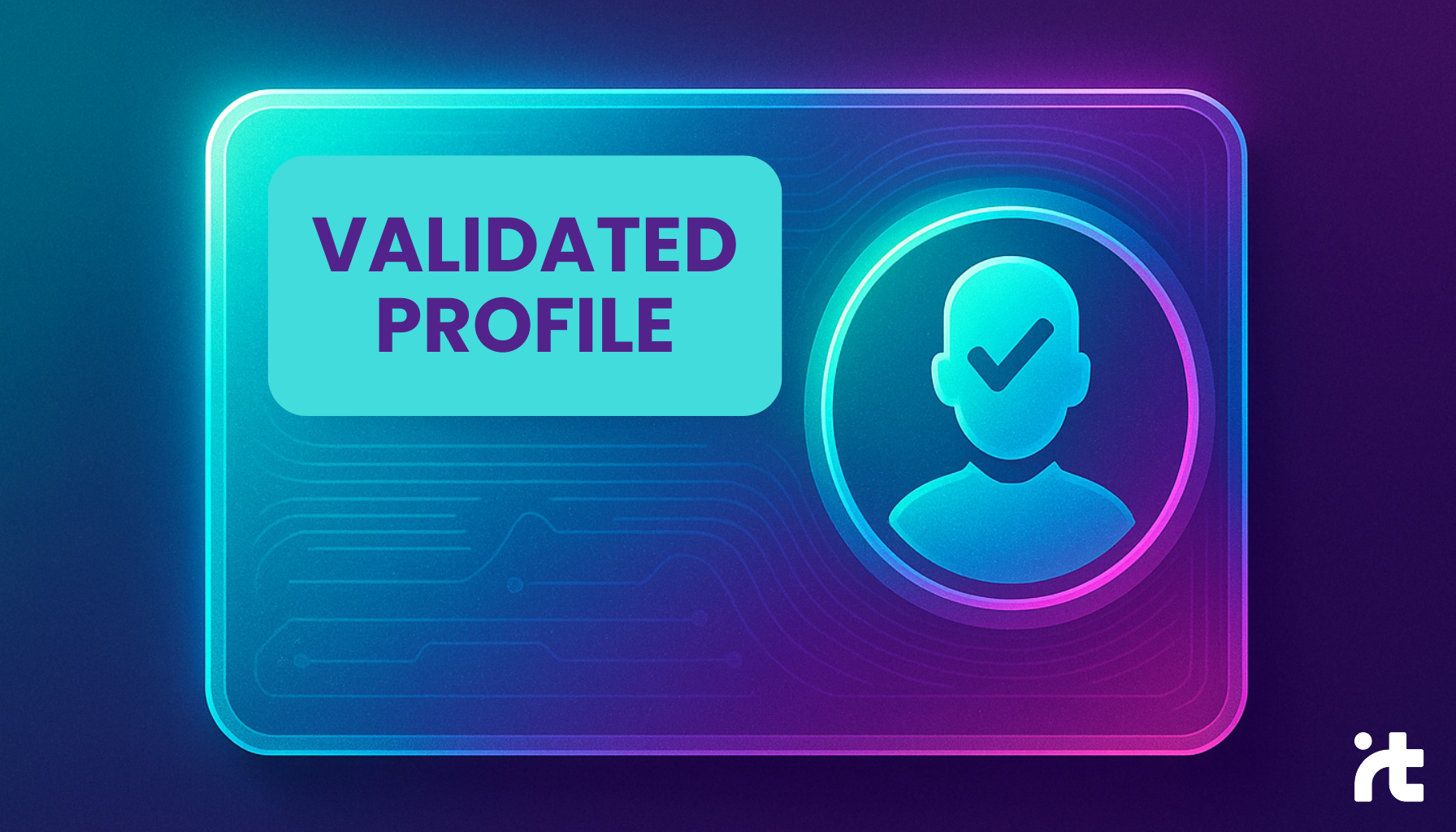If you want to get noticed by hiring managers, a strong cover letter can make a big difference. People say “don’t judge a book by its cover,” but cover letters and resumes are often judged at a glance.
A cover letter humanizes your application, adds a personal touch, and shows more of the person behind the resume. Treat the email or document you send as an essential part of the application; clarity and relevance matter.
What is a Cover Letter?
A cover letter is a short, flexible document that explains, in your own words, the experience and skills you bring to the role. It’s your chance to show passion, personality, and how well you understand the company and position.
A cover letter isn’t a resume. It’s more tailored and conversational, highlighting transferable skills that make you a strong fit for a specific role.
_________________________________________________________________________
Personal branding and effective networking help you find a job.
Learn more by clicking here.
__________________________________________________________________________
The Anatomy of an Effective Cover Letter
A compelling cover letter has a strong opening, clear body, and confident close, anchored in accurate, relevant details about you. Include:
- Introduction (Hook): Hook the reader quickly. Your letter may be competing with many others, so use a few smart, targeted lines that speak directly to the role and, if you know it, the person or company reviewing your application.
- Contact information: Make it easy to reach you. Include your full name, email address, phone number, and (if relevant) website or professional social profiles.
- Personalized greeting: Address the letter to a specific person when possible. If you don’t have a name, address it to the appropriate department with a courteous greeting.
- Experience and skills: This is where details matter. Highlight the skills you’ve developed and the experiences that are essential for the role.
- Use metrics: If you improved a process, saved money, or achieved measurable results, share the numbers. Briefly explain the impact; visuals are optional, but clarity is not.
Call to action (CTA): Close with a clear next step. Whether you’re inviting a call, pointing to a portfolio, or requesting an interview, state what you’d like to happen after they read your letter.

All the essential steps for your cover letter at a glance
Mini Cover Letter Template (Copy/Paste)

Micro Example: Weak vs. Strong Opening
- Weak: “I’m writing to apply for the QA Engineer position.”
- Strong: “With your shift to CI/CD, I can help increase release confidence. At Lumen, I implemented test automation that raised coverage from 38% to 82% and shortened regression cycles by 50%.”
Extra tips to help you stand out
Aim for a letter that’s easy to read, friendly, and calibrated to the right technical depth.
- Avoid overly playful fonts and complex designs.
- Skip generic lines from the internet and avoid claims that don’t reflect you.
- Export your letter in a widely compatible format—PDF is a safe choice—so it opens without issues.
A Final Word
Your writing showcases your communication skills, valued in every role, so keep that front and center. Your cover letter is your voice on the page—and it can bring you closer to the job you want.
Be prepared for new opportunities and have your cover letter ready!
FAQ's
1) How long should a cover letter be?
200–300 words (3–4 short paragraphs) on one page. Keep it focused and scannable.
2) Do hiring managers still read cover letters?
Yes—especially when they’re tailored, concise, and demonstrate clear role fit with metrics.
3) Should I tailor my cover letter for each role?
Absolutely. Mirror key requirements from the job description and reference the company’s product, market, or mission.
4) What metrics should I include?
Quantify impact: revenue influenced, costs reduced, time saved, performance gains (e.g., “reduced churn by 12%,” “cut build times by 35%”).
5) Can I reuse a cover letter?
You can reuse structure and achievements, but customize the hook, keywords, and company alignment for each application.
6) Is a cover letter necessary for remote tech roles?
It’s beneficial. For remote roles, emphasize async communication, self-management, and distributed teamwork experience.
7) What greeting should I use if I don’t know the name?
Use a role-specific greeting: “Dear Hiring Manager,” “Dear Recruiting Team,” or “Dear [Department] Hiring Team.”





